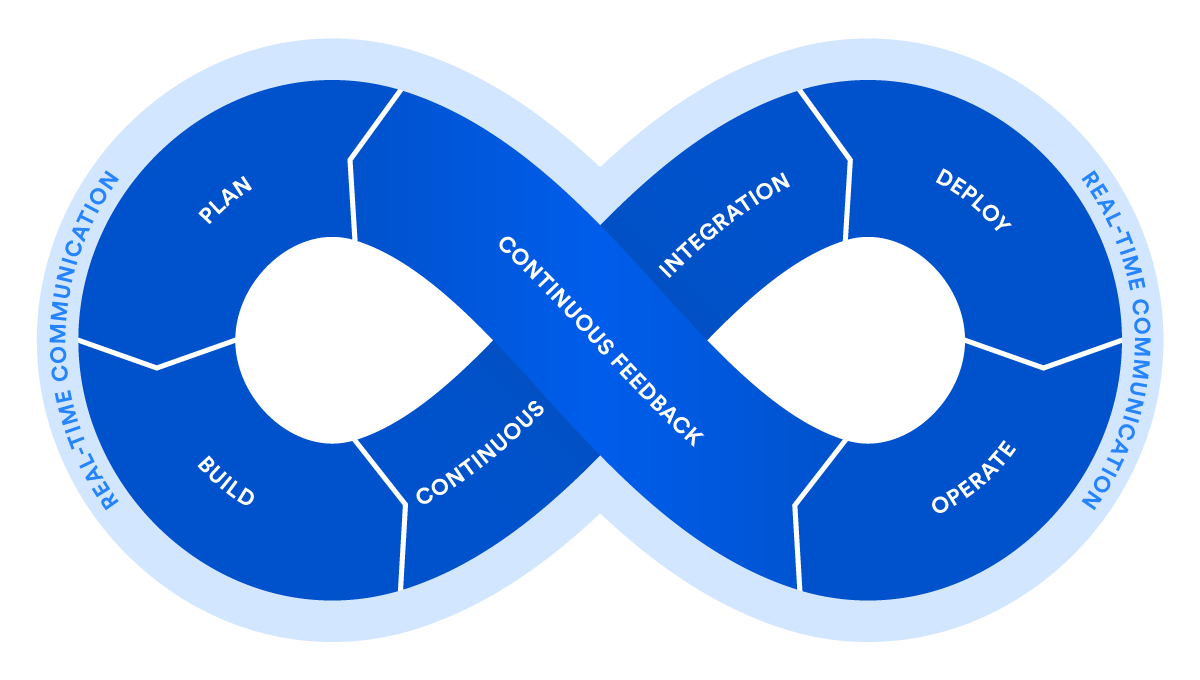
Every application we build goes through a rigorous internal, external, and automated testing process.
Quality Assurance
Software testing is an important aspect of the software development process. The extent to which the tests are carried out is determined by how fast the project will be completed and whether or not problems will need to be corrected afterwards.
01. Manual Testing
02. Automated Testing
03. DevOps
5 Key Manual Testing Services We Offer
Manual testing is the process of testing software manually with the intention of finding defects. Here a tester acts as an end user, and tests all the required features of the application to ensure correct behavior.
Regression Testing
Functional Testing
Performance Testing
Usability Testing
Documentation Testing
Executing test case suites
This software testing approach executes test case suites using particular automated testing software tools.
From the QA perspective, test automation involves creating a test artifact that automatically exercises a use case or requirement in isolation. It’s designed to repeatedly confirm whether actual outcomes at specific check points match the expected outcomes (according to the requirement or user story). QA-level test automation is traditionally performed at the UI level through scripting and/or record and playback tools.
Continuous delivery of high-quality software
DevOps attempts to shorten the development life cycle of a system and provide continuous delivery of high-quality software.
The DevOps lifecycle is divided into six phases, each of which represents the procedures, capabilities, and tools required for development (on the left side of the loop) and operations (on the right side of the loop) (on the right side of the loop).


